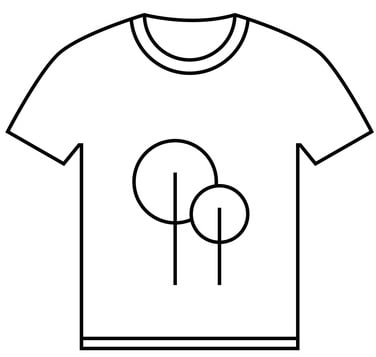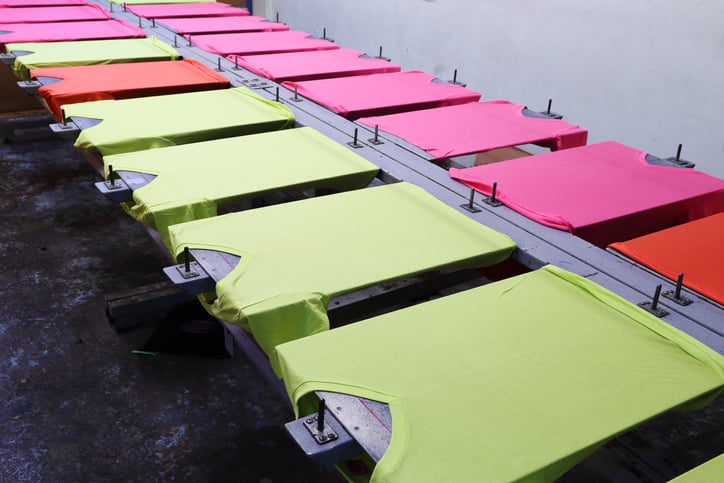Extended Cost and Full Cost
Case Study: Supply Chain Analytics in Power BI

Nick Switzer
Analytics Lead
Unit Cost
Unit cost - the marginal cost of purchasing another unit.

Unit Cost would include:
- Raw Material:
- Blank shirts
- Ink
- Cost of Production:
- Energy
- Labor hours
- Manufacturer Profit
Extended Cost
Extended cost - The cost paid for the products only (does not include one-time expenses)
Extended Cost = (Unit Cost) * (Quantity of Units purchased)
Extended Cost = $15 per shirt * 10 shirts = $150

Non-Recurring Expenses
- One-time costs required to enable production
Common examples of non-recurring expenses:
- Tooling or fixtures specific to the manufacturing process
- Engineering expenses for production set-up
- Minimum charge to occupy manufacturing equipment

Full Cost
- The total amount a company must pay to buy a certain quantity of products.
Full Cost = Extended Cost + Non-recurring Expenses
Full Cost = ($15 per shirt * 10 shirts) + $65 set-up fee = $215

A note about Overhead Rates
The overhead rate is a cost allocated to the production of a product or service. Overhead costs are expenses that are not directly tied to production such as the cost of the corporate office
For simplicity, this course do not include overhead rates.
Let's calculate some Full Costs!
Case Study: Supply Chain Analytics in Power BI

